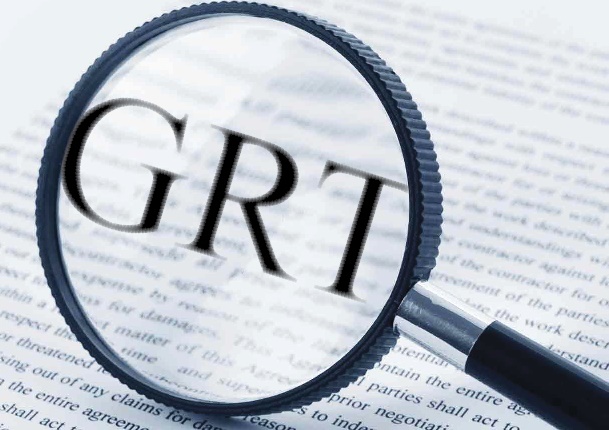
The Gross Receipts Tax Rate Schedule and Boundary Map, provided by the NM Taxation and Revenue Department, was updated on January 1, 2020, and is now current through June 30, 2020.
For the January 2020 – June 2020 GRT update, there were no reported changes to Gross Receipts Rates in the Greater Albuquerque Areas. A minor change to the GRT Boundary 02-100 did occur and affects a small section of this boundary just West of 98th Street NW and North of Interstate 40.
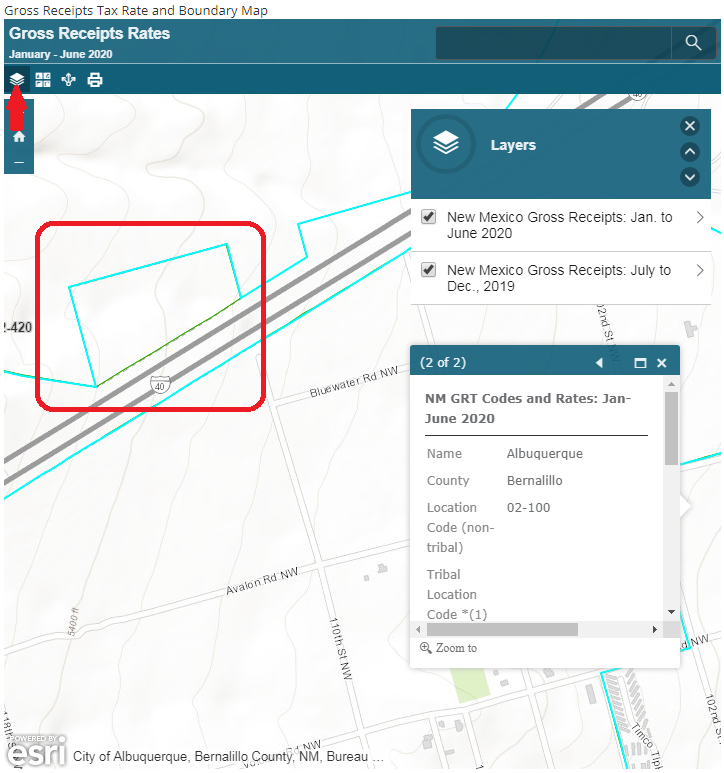
Listed below, are common questions regarding Gross Receipts Tax, and answers as to how and why it's relevant to all brokers:
Buyer’s Broker:
Q: Why is the GRT Code a required field on the MLS?
A: The GRT Code has been programmed to auto-populate the correct tax code on the MLS Detail Report to provide to the buyer's broker to enter on the Purchase Agreement.
Q: Why is it important to include the GRT Code on the Purchase Agreement?
A: It is important to enter the correct GRT Code on the Purchase Agreement to inform the title company of the correct tax code so they can verify the current gross receipts tax rate for that particular address. There are several properties in the metropolitan area that are located in “Albuquerque”, however, the property may be located within a county pocket, therefore, the tax code and gross receipts tax rate will be different from the Albuquerque tax rate.
Q: How can a buyer’s broker verify whether the Tax Code is correct?
A: A broker can verify the Tax Code and GRT Rate by clicking the link further down, to access the GRT Boundary Map on the NM Taxation & Revenue website. If the Tax Code on the TRD website is different from Tax Code on the MLS Detail Report, this could be due to the Listing Broker not updating the listing’s GRT Code when the property’s boundary was revised.
The other tool a broker could use to verify the Tax Code is by clicking on the “Overlays” and select GRT Location Code. This provides a map of all GRT boundaries throughout the state, accessible directly in the MLS!
Q: If a property has an Albuquerque address, wouldn’t the Tax Code be the Albuquerque Tax Code 02-100?
A: No. There are different boundaries located within the metropolitan area. If a property is located in a different boundary, such as county, the Tax Code and GRT Rate will be under “Remainder of County” on the Tax Schedule. The Tax Schedule is broken down by each county for the state.
The link to the TRD website is the best resource to verify the correct Tax Code and GRT Rate, as there are many different Tax Codes that are based on the municipality or county in which the property is located in.
Listing Broker:
Q: Why is the GRT Code and Tax Rate important to Listing Brokers?
A: The GRT Code and Tax Rate is important for Listing Brokers to know to complete a Net Sheet for their seller. Net Sheets provide sellers an approximate breakdown of closing fees to inform sellers how much they will be receiving or owing at Closing.
Since most transactions involve passing the Gross Receipts Tax onto the seller, it is important to know how to verify that the Net Sheet is auto-populating the correct amount that will be deducted from the seller’s proceeds at Closing. If you are using a manual Net Sheet that does not auto-populate, the Listing Broker should know the correct Tax Rate to add to the fees that will be debited from the Seller’s proceeds (example below):
Ex: Sales price $200,000 x 6% commission rate = $12,000.00 commission; $12,000.00 x 7.875% (ABQ tax rate) = $945.00 Gross Receipts
The amount that should be entered on this seller’s Net Sheet, should be $12,000 plus $945.00. However, if the property is located in a county pocket, the Gross Receipts should be $772.50 since the tax rate for Bernalillo County is 6.4375%.
The seller’s Settlement Statement would be broken as follows:
- The total check due to the Listing Office will be $6000 + $472.50 = $6472.50
- The total check due to the Selling Office will be $6000 + $472.50 = $6472.50
*If the property is located in a county pocket, the total check due to each side will be $6000 +$386.25 = $6386.25
Q: Is the Listing Broker required to manually enter the Tax Code when entering the listing information?
A: No. The GRT Code is auto-populated based on the mapped location of the property. Once mapping has been verified by the MLS User when entering the listing, the GRT Code will auto-populate into the property details, under “GRT Code”. Once the listing is completed, the GRT Code will be located in the County Data box on the MLS Detail Report
Q: The MLS Detail Report provides the Tax Code, but, how do I verify the GRT rate prior to the property being listed in order to provide a seller with a Net Sheet with the correct GRT rate?
A: To obtain the current GRT rate, click on, or cut and paste the following link: http://www.tax.newmexico.gov/gross-receipts-tax-historic-rates.aspx. This link will take you directly to the Gross Receipts Boundary Map on the NM TRD website.
Once you are on this page, scroll down until you see the map of New Mexico. It will contain a search box for you to enter the property address (see screenshot below). Once it identifies the property you’ve entered, click “near” the dot (as shown on the second screenshot) near the property. You will see another box appear that will contain the tax code and rate for the property (see the third screenshot).
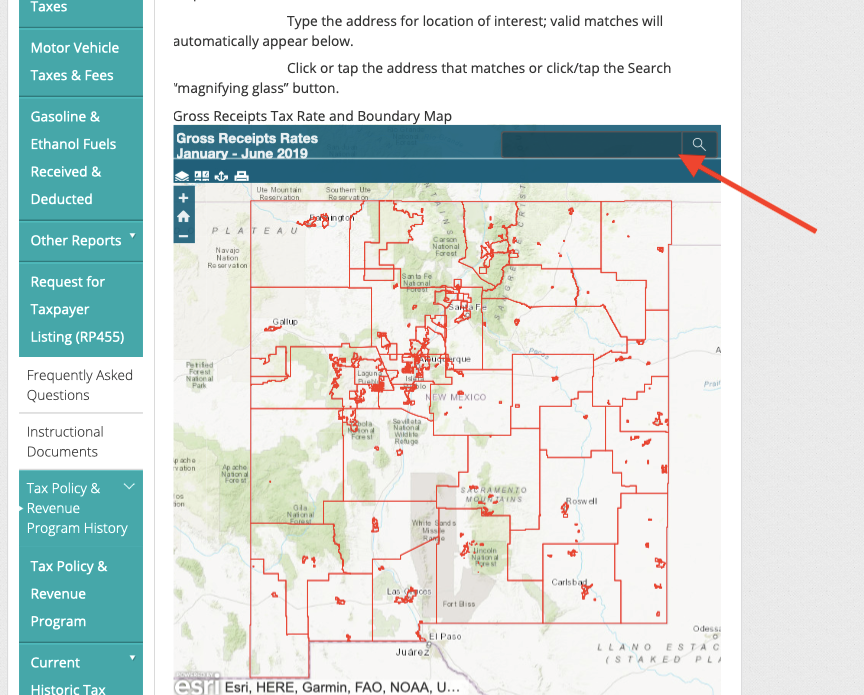
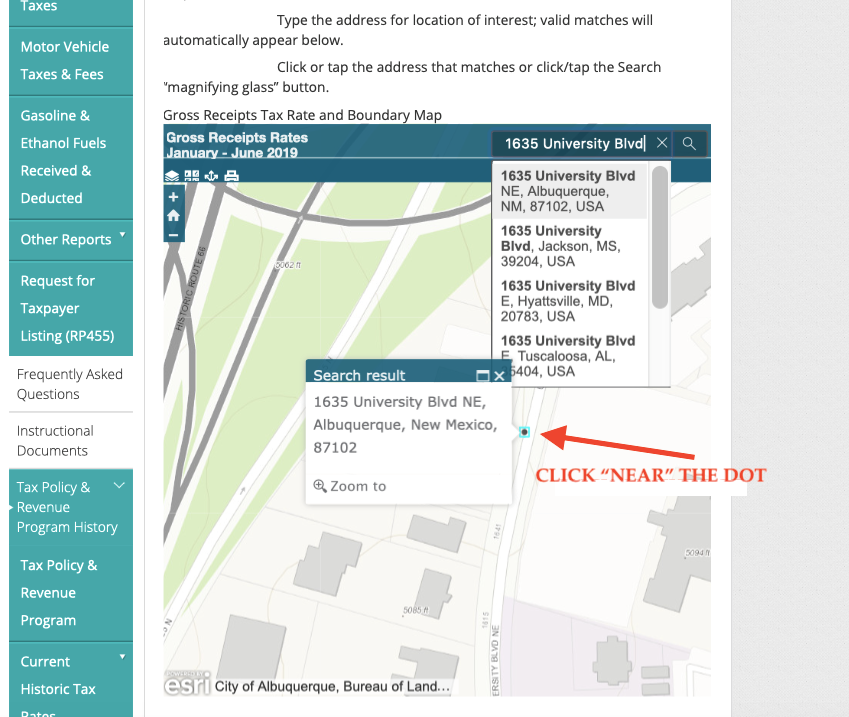
Also included on the same page as the Boundary Map, is all of the downloadable Tax Schedules broken down by year (see screenshot below). The Tax Schedules will be the information you will see first before scrolling down the page to the above GRT Boundary Map.
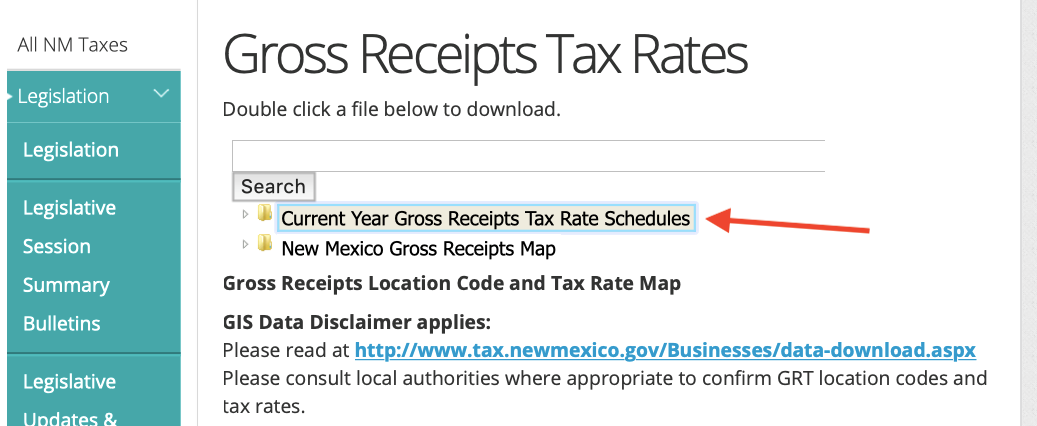
Q: If boundaries change, will the Tax Code change automatically to the new Tax Code on an Active listing?
A: No. If the boundary changes on a listing that is in Active status, the Listing Broker will be responsible for changing the Tax Code to reflect the boundary change.
INFORMATION FOR ALL:
Q: Who pays the Gross Receipts Tax to the NM Taxation & Revenue Department?
A: The Qualifying Broker of each broker, will pay their broker the amount of the commission due to the broker “minus” the Gross Receipts Tax. Each brokerage is responsible for reporting the amount of the commission and submitting the payment to the NM Taxation & Revenue Department the following month. The title company is only responsible for collecting the amount from the seller so it can be added to the commission checks due to brokers upon Closing of Escrow.
Both the Buyer’s Broker and the Listing Broker should review the Settlement Statement prior to Closing to confirm whether the correct amount is being collected from the seller. If the amount is incorrect, the brokers should inform the Escrow Officer so the correction can be made.
If there was an error that went unnoticed, the brokerage is still required to report the accurate amount to NM TRD based on the net commission and not the amount that was collected by the title company. It is critical that the brokerage confirms the GRT Tax Code for accurate reporting.
Q: How often does the Tax Codes and GRT rates change?
A: The Tax Schedules and GRT Boundary Map is revised twice a year (January and July) to reflect any changes to GRT boundaries and tax rates.
We hope you found this Q&A informative and provided you with more insight as to the importance of Gross Receipts Tax Code. Please contact SWMLS if you have questions about GRT map changes or need assistance with verifying the GRT code on a property.











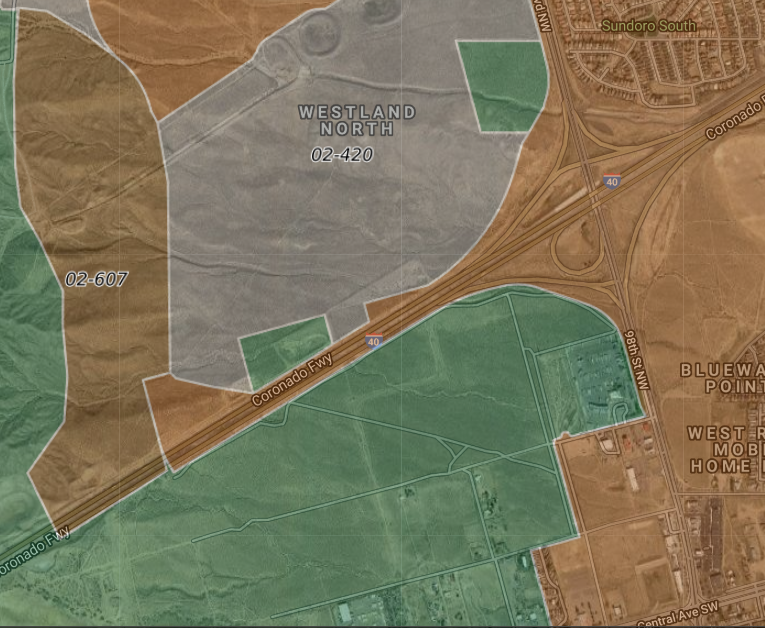
Comments